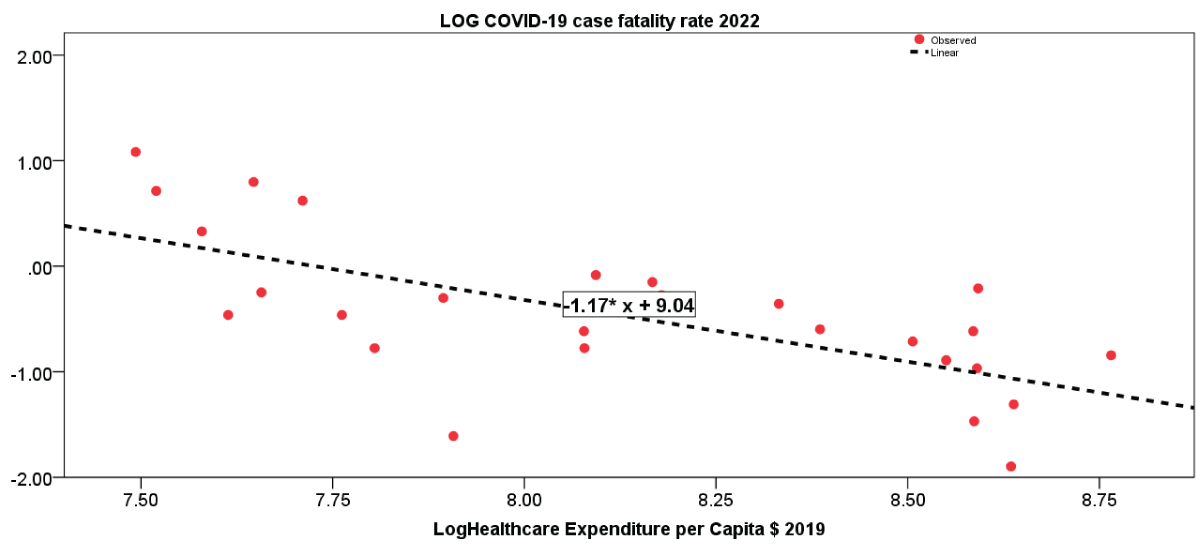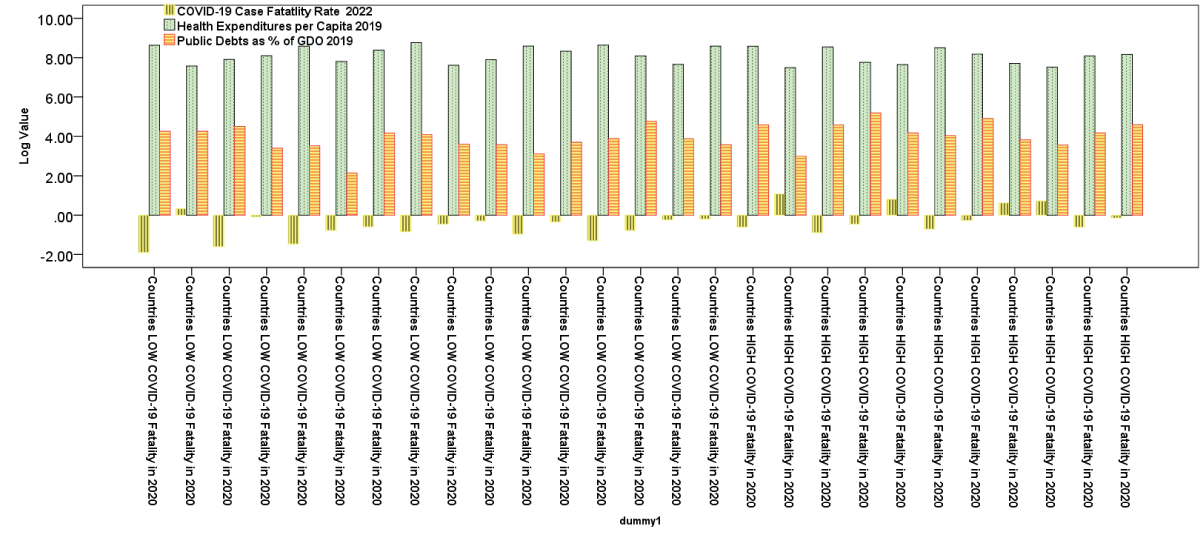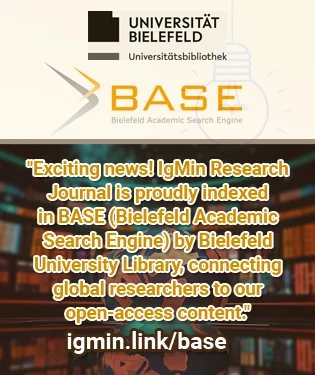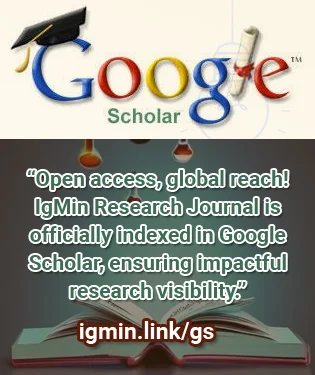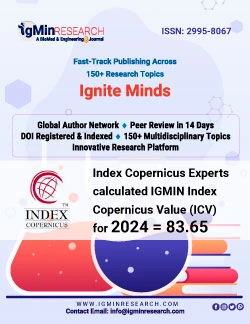要約
Risk is a variation of performance in the presence of events and it can negatively impact socioeconomic system of countries. Statistical evidence here shows that high public debt reduces health expenditures over time and increases the vulnerability and risk of European countries to face health emergencies, such as COVID-19 pandemic crisis. Overall, then, findings suggest that high public debt weakens healthcare and socioeconomic system of countries to cope with crises, such as COVID-19 pandemic, conflicts, natural disasters, etc.
JEL Codes: I18; H12; H51; H60; H63




